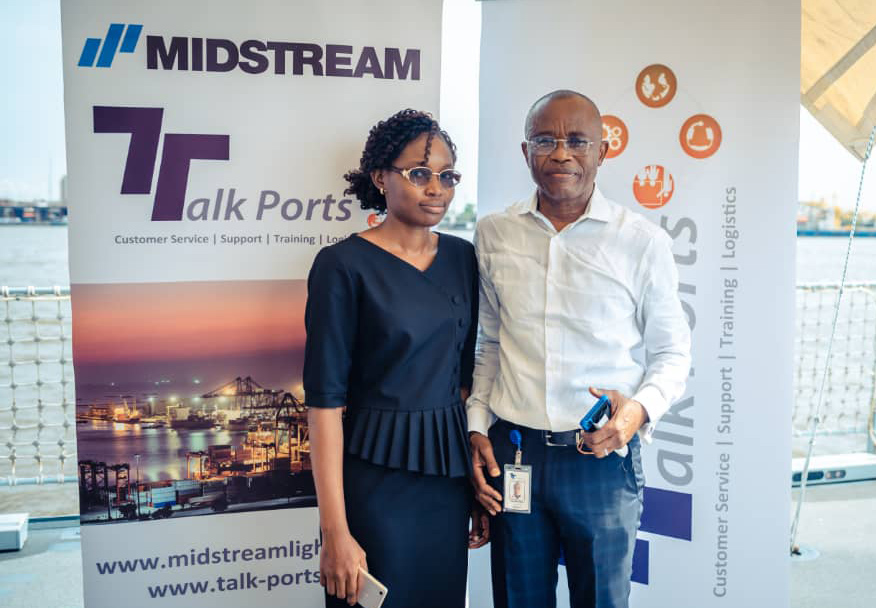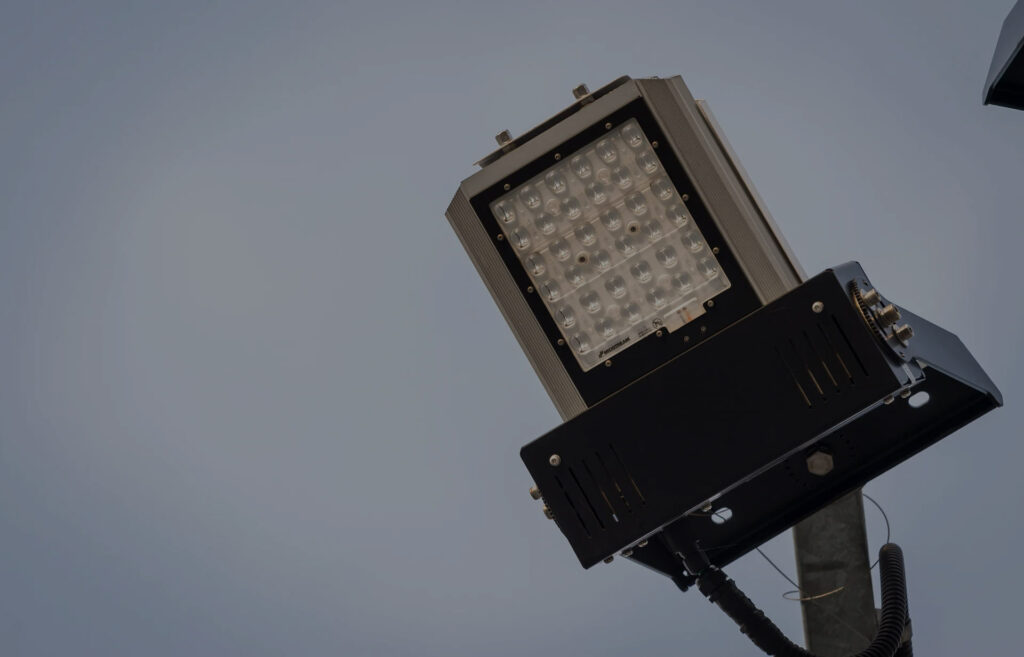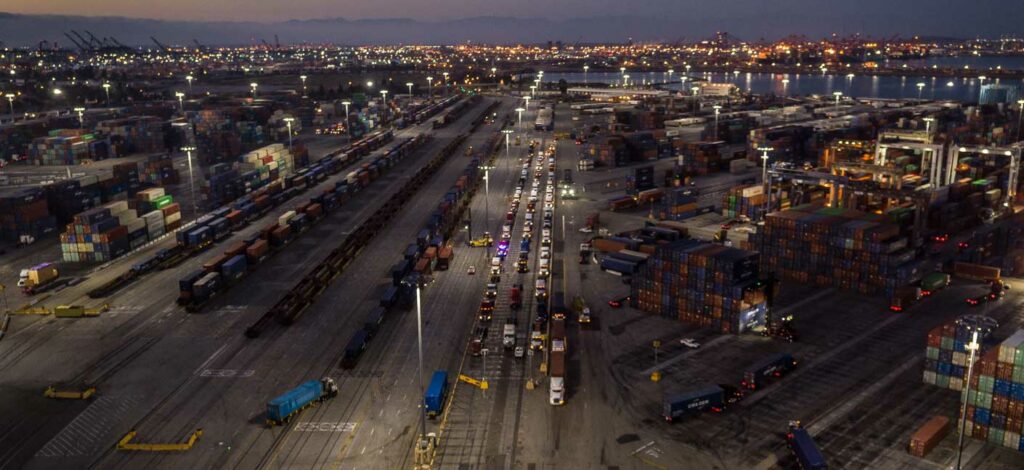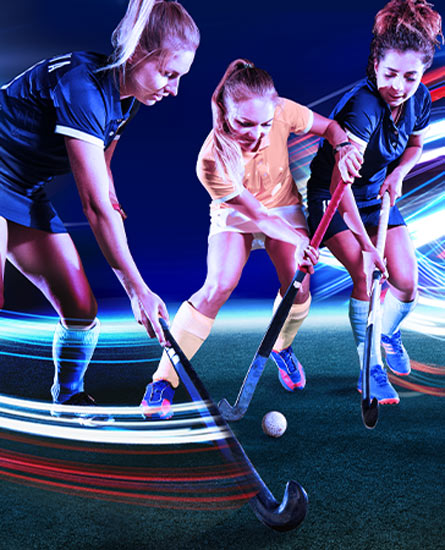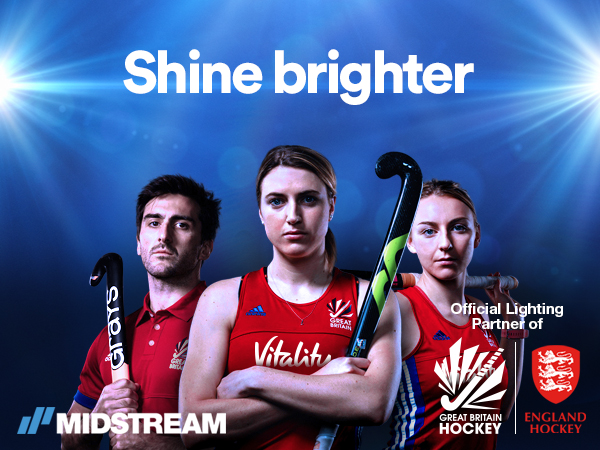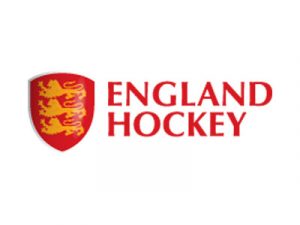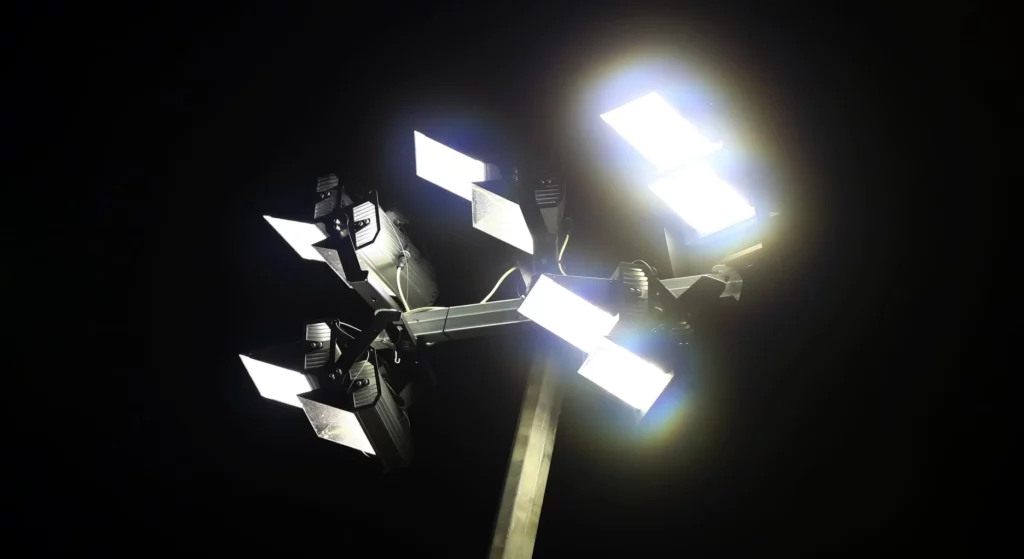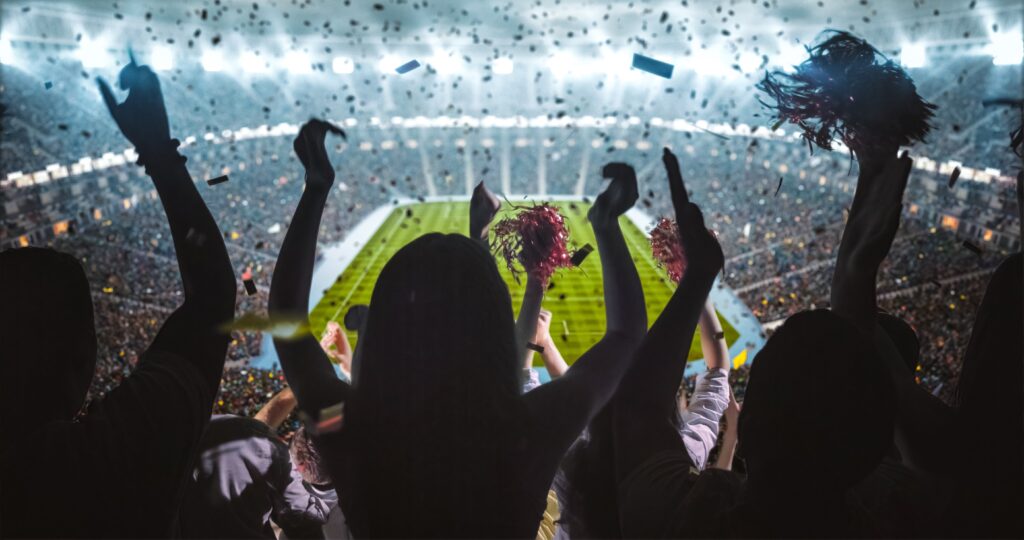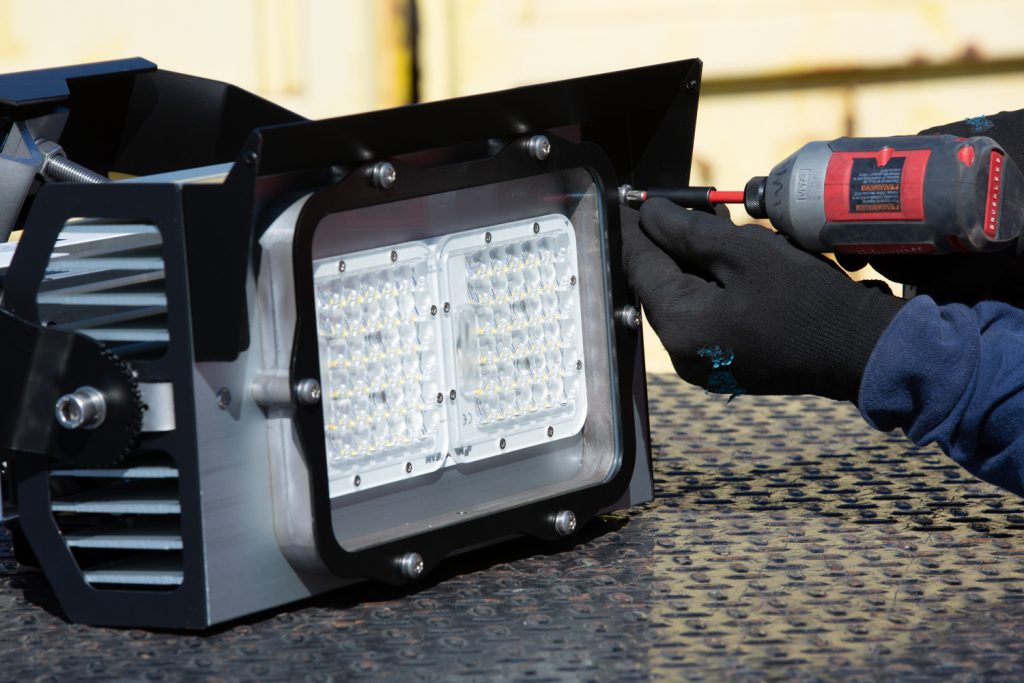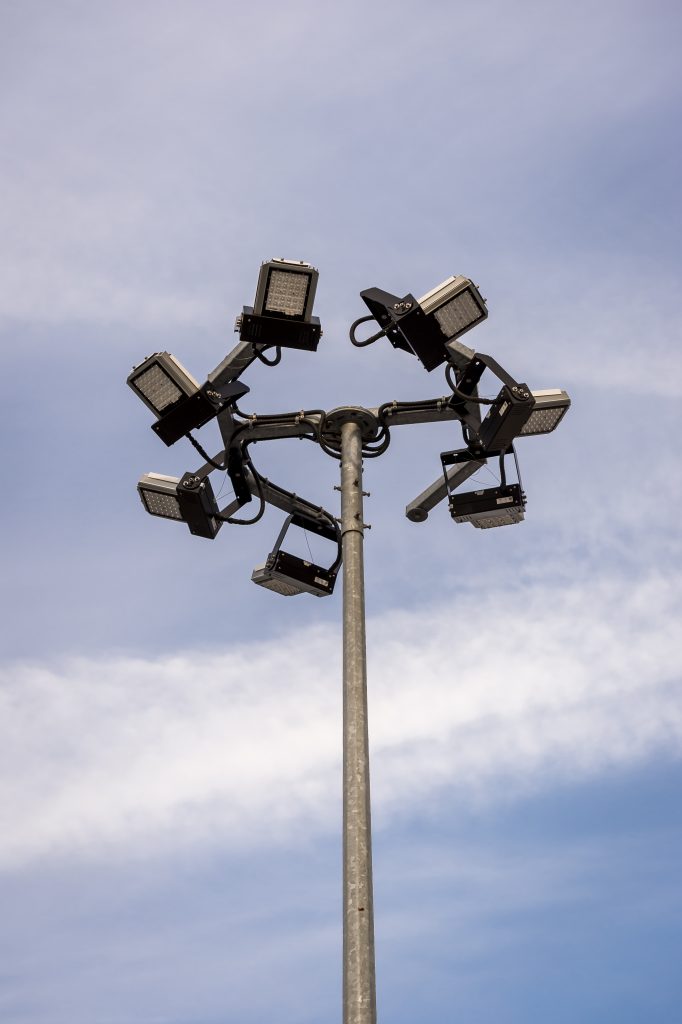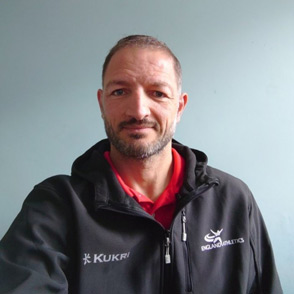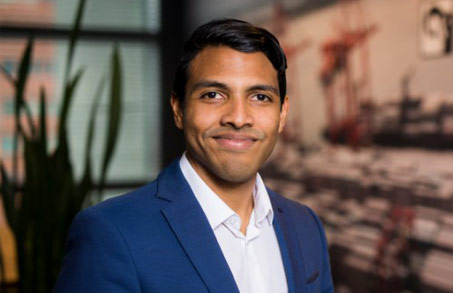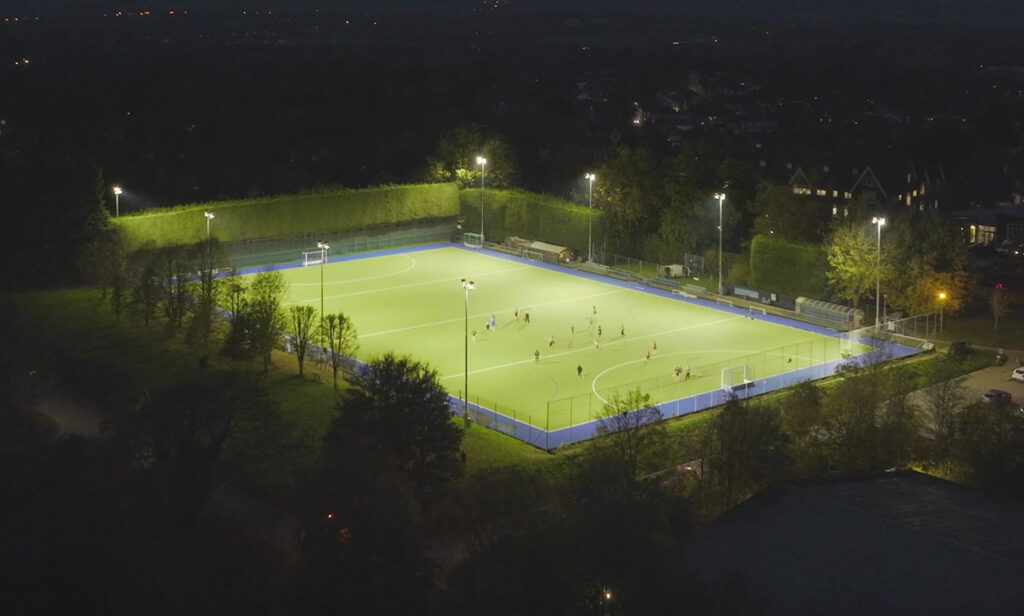Nigeria plays a vital role in West Africa’s maritime industry, serving as one of the region’s primary gateways to Europe. Across six major ports, Nigeria handles around 1.5m TEUs of container throughput on an average year, and the Lagos Port Complex is one of the busiest shipping locations in the whole of Africa.
Uche commented, “we are a UK headquartered company that specialises in port and terminal management systems, we’re always eager to learn more about the challenges faced by those facilities. So, when the Department for International Trade extended an invitation to meet some of the people shaping the future of Nigerian shipping, we were only too happy to accept.”
The event, held on board the Royal Navy’s HMS Trent, gave us the opportunity to meet with a range of high-ranking officials from Nigeria’s Ministry of Defence and Armed Forces, as well as a number of terminal operators, dignitaries, and government personnel from across the region.
“Joining us onboard, of course, was the local Midstream Lighting team. Our two companies have worked in partnership for close to a year now, and we’ve already made great progress on a number of major commercial opportunities across the region.”
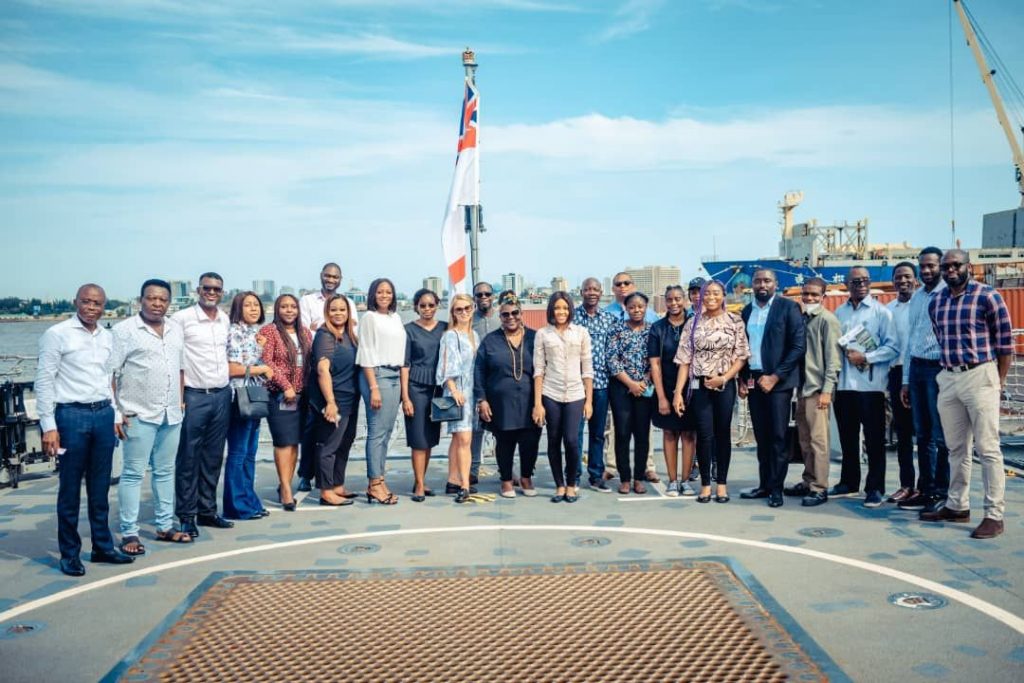
Talk Ports is a systems integrator and installer of systems. Ports are complex environments that require a number of different elements working in harmony – especially as we continue on the path towards smart systems and automation. Everything from the underlying network infrastructure through to lighting systems need to play well together, and so Midstream’s world-class solutions are playing an increasingly vital role in our solution set.
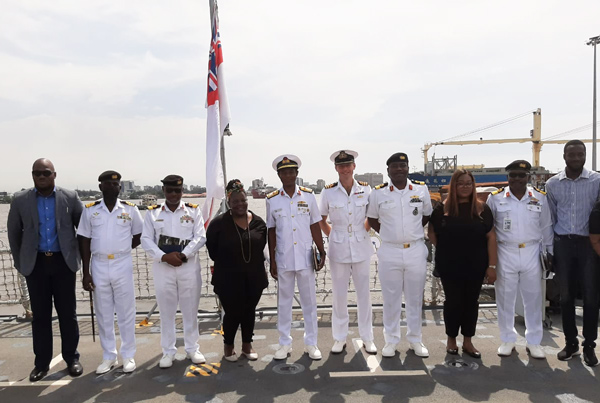
The event itself was focused on UK businesses, and combined vendor exhibitions and presentations with a tour of the vessel. While the organisers were keen to ensure that guests had plenty of space in light of the Covid pandemic, the joint Talk Ports and Midstream stand remained inundated with visitors for the duration. “I think it’s fair to say that, at one point or another, everyone who stepped onboard the Trent stopped by to speak with us.”
Many of those conversations centred on the financial and environmental benefits of LED lighting. A number of ports in West Africa still use high-pressure sodium lights, which consume huge amounts of energy in comparison to LEDs. As a result, those sites – and other maritime centres – tend to suffer with high energy bills, as well as substandard illumination (lots of shadow, a threat to safety). Naturally, we were very happy to explain how LEDs work, and the advantages they offer.
The event was well-timed in that regard, because operational efficiency is a huge issue for West Africa’s ports at the moment. Congestion is a problem , so ensuring that they can operate as effectively as possible at all times is key. The round-the-clock visibility – and hence the added safety and security – offered by LED lights clearly struck a chord with many of our attendees.
We were honoured to be asked to exhibit and present at this showcase. It was an excellent way to meet some of the maritime industry’s key figures and to highlight the benefits of LED lighting. I’d also like to think that it was a great example of how British businesses can gain from the growing number of commercial opportunities here in Nigeria.
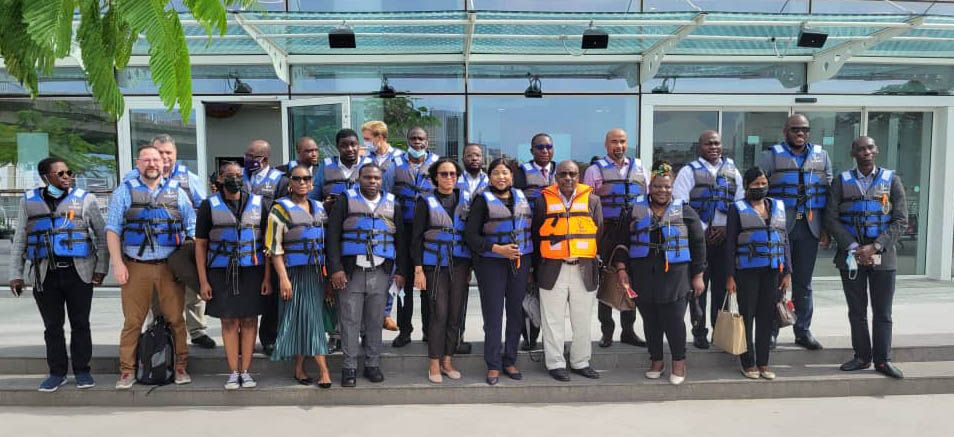
Having organised such a phenomenal event, it’s only fitting that I hand over to the Department for International Trade themselves to close out this post.
“The Department for International Trade had the pleasure of having Talk Ports, Midstream and other UK companies as part of the extraordinary event aboard HMS Trent, The Royal Navy Patrol Vessel. The extensive Maritime solutions and knowledge from these companies showcased perfectly how exceptional the UK offering is and encapsulated exactly what our VIP delegates were looking for.” Chim Chalemera, Country Director – Department for International Trade Nigeria.
